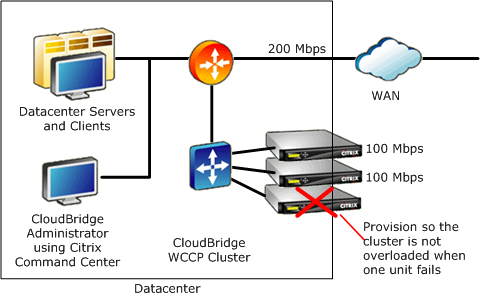-
-
-
-
-
XenServer 6.5 Upgrade for SD-WAN Standard Edition Appliances
-
SD-WAN Standard Edition Virtual Appliance (VPX) in Hypervisor on HyperV 2012 R2 and 2016
-
Install SD-WAN SE Virtual Appliances (VPX) in Linux-KVM Platform
-
Deploy Citrix SD-WAN Standard Edition Instance on Azure - Release Version 10.2 and above
-
SD-WAN Standard Edition Virtual Appliance (VPX) High Availability support for AWS
-
Deploy a Citrix SD-WAN VPX instance on a Citrix ADC SDX appliance
-
This content has been machine translated dynamically.
Dieser Inhalt ist eine maschinelle Übersetzung, die dynamisch erstellt wurde. (Haftungsausschluss)
Cet article a été traduit automatiquement de manière dynamique. (Clause de non responsabilité)
Este artículo lo ha traducido una máquina de forma dinámica. (Aviso legal)
此内容已经过机器动态翻译。 放弃
このコンテンツは動的に機械翻訳されています。免責事項
이 콘텐츠는 동적으로 기계 번역되었습니다. 책임 부인
Este texto foi traduzido automaticamente. (Aviso legal)
Questo contenuto è stato tradotto dinamicamente con traduzione automatica.(Esclusione di responsabilità))
This article has been machine translated.
Dieser Artikel wurde maschinell übersetzt. (Haftungsausschluss)
Ce article a été traduit automatiquement. (Clause de non responsabilité)
Este artículo ha sido traducido automáticamente. (Aviso legal)
この記事は機械翻訳されています.免責事項
이 기사는 기계 번역되었습니다.책임 부인
Este artigo foi traduzido automaticamente.(Aviso legal)
这篇文章已经过机器翻译.放弃
Questo articolo è stato tradotto automaticamente.(Esclusione di responsabilità))
Translation failed!
Deployment Topology
Depending on your network topology, you can deploy WCCP cluster either with a single router or with multiple routers. Whether connected to a single router or multiple routers, each appliance in the cluster must be connected identically to all routers in use.
Deploying appliances in a WCCP cluster requires more planning than does deploying a single appliance. Read the following sections carefully before proceeding.
Single router deployment
In the following diagram, three SD-WAN appliances accelerate the datacenter’s 200 Mbps WAN. The site supports 750 XenApp users.

As shown on the NetScaler SD-WAN Datasheet, an SD-WAN 3000-100 can support 100 Mbps and 400 users, so a pair of these appliances supports 200 Mbps and 800 users, which satisfies the datacenter’s requirements of a 200 Mbps link and 750 users.
For fault tolerance, however, the WCCP cluster should continue to operate without becoming overloaded if one appliance fails. That can be accomplished by using three appliances when the calculations call for two. This is called the N+1 rule.
Failure is an unusual event, so usually all three appliances are in operation. In this case, each appliance is supporting only 67 Mbps and 250 users, leaving plenty of headroom, and making good use of the fact that the cluster has three times the CPU power and three times the compression history of a single appliance.
Without WCCP clustering, as much capacity and fault-tolerance would require a pair of SD-WAN WANOP 4000-500 appliances in high availability mode. Only one of these appliances is active at a time.
Multiple router deployment
Using multiple WAN routers is similar to using a single WAN router. If the previous example is changed to include two 100 Mbps links instead of one 200 Mbps link, the topology changes, but the calculations do not.

Share
Share
In this article
This Preview product documentation is Cloud Software Group Confidential.
You agree to hold this documentation confidential pursuant to the terms of your Cloud Software Group Beta/Tech Preview Agreement.
The development, release and timing of any features or functionality described in the Preview documentation remains at our sole discretion and are subject to change without notice or consultation.
The documentation is for informational purposes only and is not a commitment, promise or legal obligation to deliver any material, code or functionality and should not be relied upon in making Cloud Software Group product purchase decisions.
If you do not agree, select I DO NOT AGREE to exit.